Discover Berlin’s Underground Art Scene: 10 Must-See Spots
Berlin – A Haven for Underground Art Lovers
Berlin is more than just a capital city; it’s a living, breathing canvas where art thrives in the shadows of its storied past. In this city, creativity isn’t confined to galleries or museums. It’s in the air, on the streets, and carved into the crumbling facades of abandoned buildings. Berlin’s underground art scene pulses with life, driven by rebellion, innovation, and a passion for self-expression. This is a city where art defies convention, and where every corner could unveil something extraordinary.
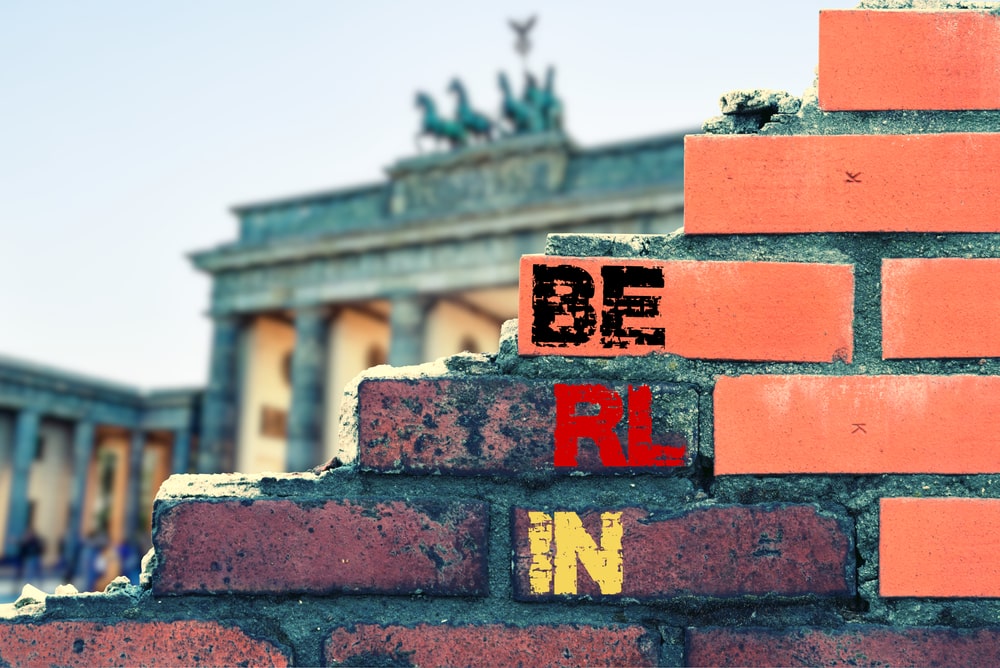
The Thriving Pulse of Berlin’s Underground Art Scene
There’s a tangible energy in Berlin’s underground art world—a creative electricity that refuses to be ignored. This is a city where artists have taken to the streets, turning public spaces into open-air galleries. It’s a playground for the unconventional, the politically charged, and the avant-garde. Whether it’s a massive mural across a block of apartments or a tiny, cryptic stencil on a lamppost, Berlin’s underground art scene is a constant dialogue between the artist and the urban landscape. It’s gritty, raw, and bursting with stories to tell.
Why Berlin is the Perfect City for Alternative Art Explorations
Berlin’s art scene is unlike anywhere else in the world. The city’s tumultuous history—marked by division, reunification, and reinvention—has fostered a deep well of creative expression. Its affordable living costs, compared to other European cities, have attracted artists from across the globe. The result is a melting pot of talent and ideas, all bound by a shared desire to push boundaries. In Berlin, the lines between artist, audience, and city blur. Here, art doesn’t just decorate the city—it is the city.
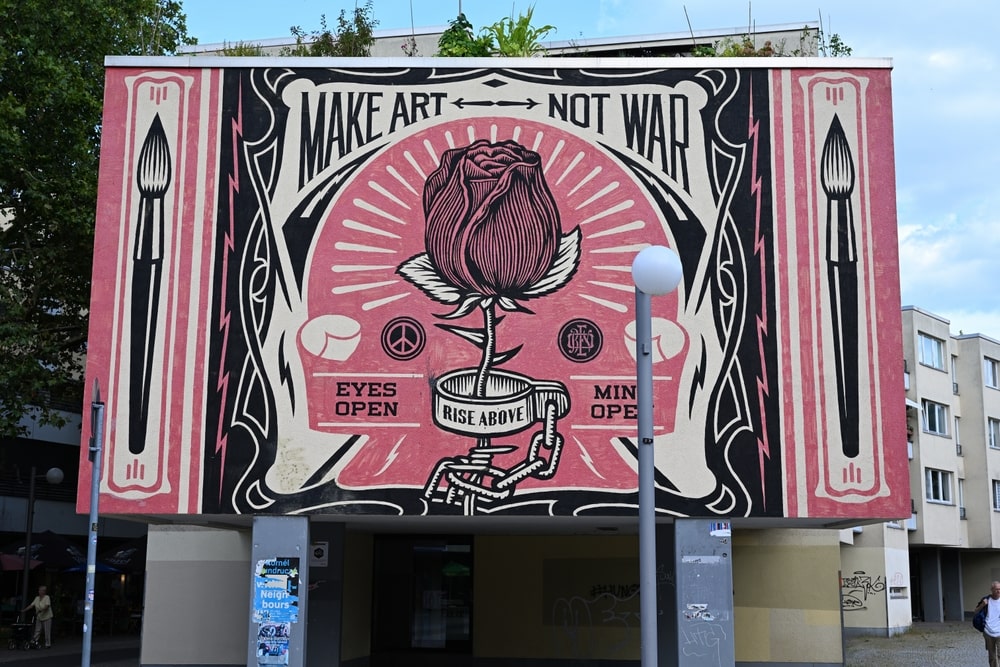
The Origins of Berlin’s Underground Art Movement
Berlin’s reputation as a haven for underground art didn’t emerge overnight. Its roots trace back to a city defined by conflict, division, and political upheaval. The years following World War II and the construction of the Berlin Wall saw artists turn to the streets to voice their resistance. Graffiti and public art became tools of defiance, a visual form of protest against the East-West divide.
When the Wall fell in 1989, Berlin found itself in a period of creative chaos. The reunified city became a blank canvas for artists hungry to reclaim public space. Squatters moved into abandoned buildings, turning them into makeshift studios and galleries. The freedom of expression was palpable, and Berlin became a magnet for alternative art movements in the 1990s, solidifying its place as a capital of underground culture.
How Berlin’s History Shaped Its Edgy Art Culture
Berlin’s turbulent history gave birth to its underground art culture. Decades of political unrest and division created an environment where art became a powerful means of communication. From the Cold War era to the fall of the Wall, artists used the city’s walls to speak truth to power. Today, this rebellious spirit is still alive, with the remnants of that era visible in every graffiti-covered street and alternative gallery.
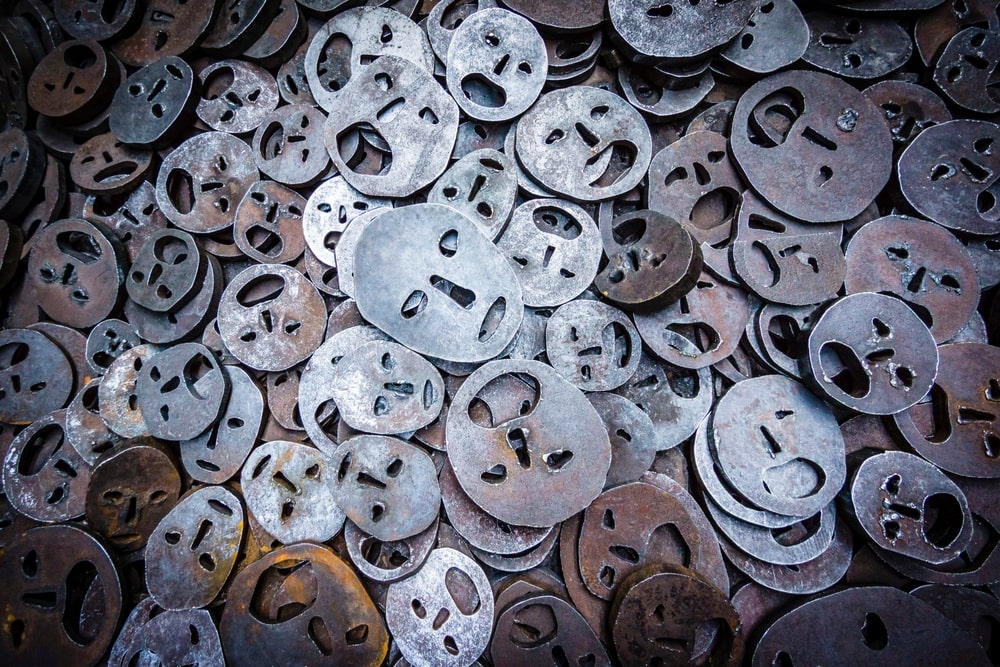
The Role of Counterculture Movements in the 1980s and 1990s
The 1980s and 1990s were pivotal in shaping Berlin’s underground art scene. Punk rock, squatting, and anarchist movements were at the heart of the city’s alternative culture. These countercultures found their expression in graffiti, street art, and DIY galleries. Artists who were marginalized in traditional spaces found freedom in the raw, unregulated spaces of Berlin’s abandoned buildings. What started as an act of rebellion became the foundation for a thriving underground art movement.
What Defines ‘Underground’ Art in Berlin?
Underground art in Berlin is defined by its refusal to conform to the mainstream. It’s art that exists outside the walls of formal galleries and museums, embracing imperfection, spontaneity, and a certain rawness that feels uniquely Berlin. Underground artists in this city aren’t interested in fame or fortune—they’re driven by a need to express themselves in the most authentic way possible. Their work often tackles heavy themes like politics, social justice, and identity, but it does so with a boldness that can be unsettling, provocative, and inspiring all at once.
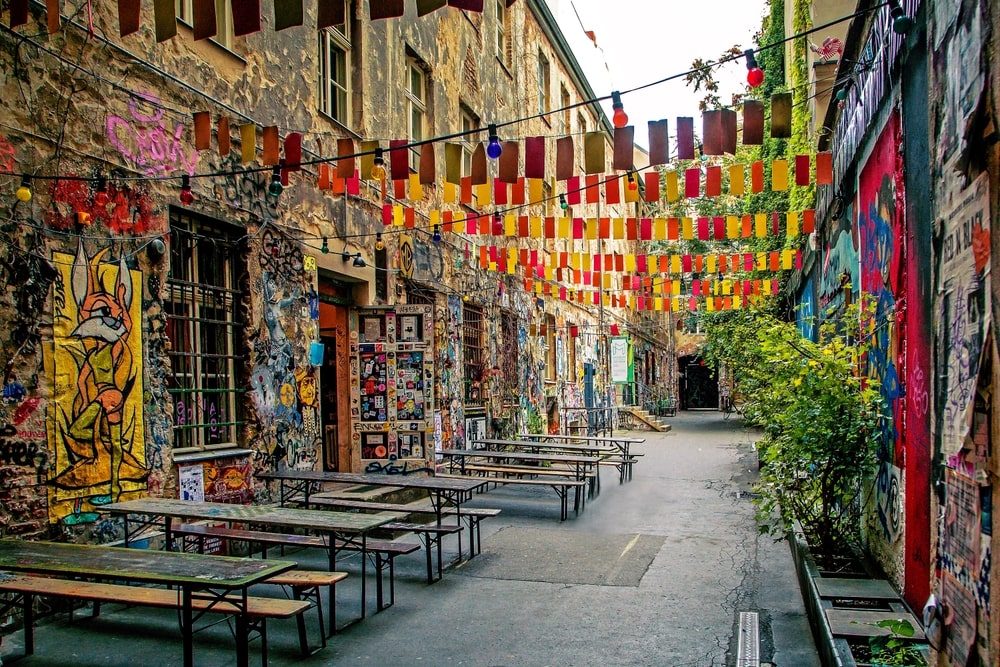
Breaking Away from the Mainstream: What Makes Underground Art Different
What sets underground art apart is its commitment to breaking the rules. Mainstream art may focus on technique or marketability, but underground art cares more about the message. It’s often temporary, existing only for a moment before it’s painted over or demolished. This fleeting nature gives it an urgency that makes every piece feel like a rebellious act. Whether it’s a mural critiquing capitalism or an installation that challenges societal norms, underground art in Berlin is about making a statement—loud and clear.
How Berlin’s Artists Embrace Imperfection, Rebellion, and Self-Expression
Berlin’s underground artists celebrate imperfection. Their work is often rough around the edges, intentionally unpolished. This embrace of imperfection mirrors the city’s own identity—scarred by history but proud of its resilience. The art here is rebellious, a constant challenge to authority and the status quo. But more than anything, it’s personal. Each piece reflects the individual journey of the artist, their struggles, triumphs, and everything in between.
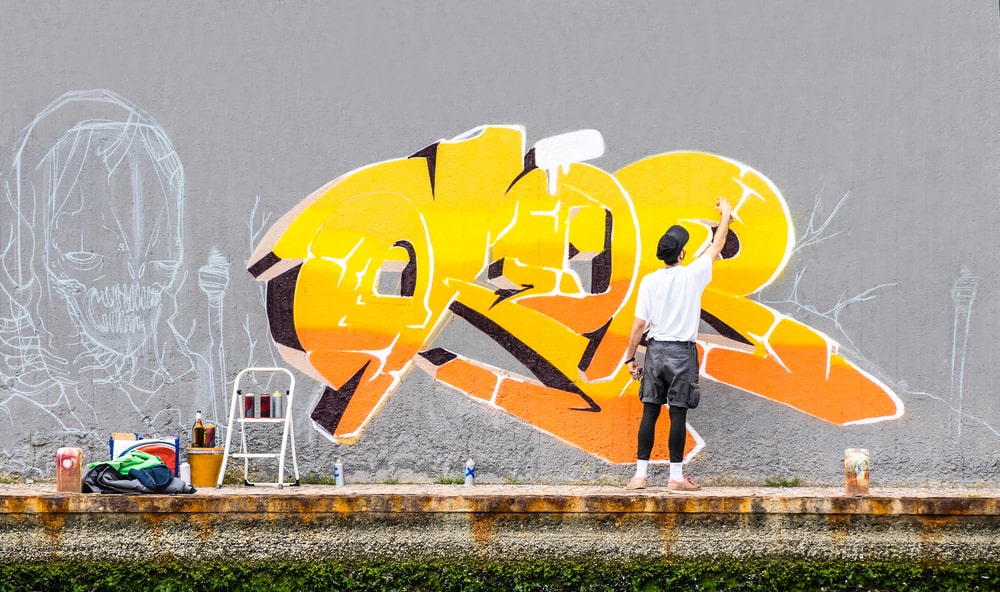
Street Art in Kreuzberg: The Open-Air Canvas
Kreuzberg is the beating heart of Berlin’s street art scene. Walking through its graffitied streets is like strolling through an ever-changing art exhibition. The walls here tell stories of political struggle, cultural fusion, and creative freedom. Massive murals loom over bustling streets, while smaller, more intimate pieces hide in alleyways, waiting to be discovered. Kreuzberg’s street art isn’t just decoration—it’s a conversation between the city and its inhabitants.
A Walk Through Kreuzberg’s Graffitied Streets
A stroll through Kreuzberg reveals a symphony of color and chaos. Murals stretch across entire buildings, while stencils and tags cover every available surface. This neighborhood is a canvas for artists both local and international, each leaving their mark in the most visible way possible. Every street corner holds a new discovery, and every piece has a story to tell—if you know where to look.
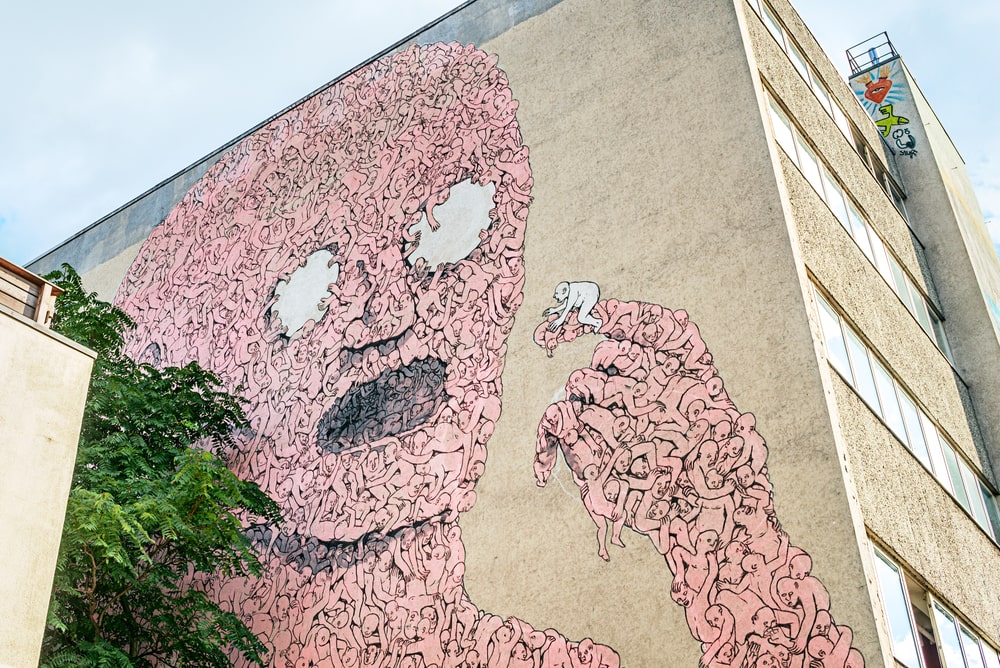
Must-See Street Art Murals and Their Backstories
Some of Berlin’s most iconic street art can be found in Kreuzberg. From the towering murals of Blu to the politically charged works of Banksy, these pieces have become landmarks in their own right. Each mural tells a story—whether it’s a critique of gentrification, a statement on immigration, or a celebration of cultural diversity. Understanding the stories behind these murals adds a deeper layer of meaning to the artwork, making each piece more than just something to look at.
Hidden Galleries in Abandoned Buildings
Berlin’s underground art scene isn’t confined to the streets. Tucked away in forgotten corners of the city are hidden galleries, often housed in abandoned buildings. These spaces are raw and unregulated, providing artists with the freedom to create without restrictions. From dilapidated warehouses to crumbling factories, these galleries are a testament to Berlin’s ability to turn decay into creativity.

Exploring Art Spaces Tucked Away in Berlin’s Forgotten Corners
In Berlin, some of the most exciting art can be found in the most unlikely places. Disused factories, vacant lots, and crumbling buildings have become home to a vibrant community of artists. These spaces, often hidden from the casual passerby, are where Berlin’s underground art truly comes alive. Inside, you’ll find everything from massive installations to intimate performances—each piece a reflection of the city’s raw creativity.
How Abandoned Structures Became the Perfect Art Galleries
Berlin’s abundance of abandoned buildings has provided a unique opportunity for artists to repurpose these spaces. What was once a decaying relic of the past is now a thriving hub for creativity. These makeshift galleries offer artists the freedom to experiment and push boundaries in ways that traditional galleries might not allow. The result is art that feels raw, authentic, and unapologetically Berlin.

Berlin’s Urban Art Tours: A Deep Dive into the Scene
If you want to truly understand Berlin’s underground art scene, a guided tour is a must. These tours take you off the beaten path, introducing you to hidden gems and untold stories. From street art in Kreuzberg to secret galleries in Mitte, a good tour will open your eyes to the full spectrum of Berlin’s alternative art world.
Why Guided Art Tours Are the Best Way to Explore the Hidden Gems
Berlin’s underground art scene is vast, and it can be overwhelming to know where to start. A guided tour not only shows you the best spots but also provides the context needed to appreciate the art. You’ll hear the stories behind the murals, learn about the artists, and gain insight into the city’s unique culture. It’s an experience that will leave you with a deeper appreciation for Berlin’s creative soul.

A Look at Some Popular Underground Art Tour Options
Several companies offer tours that focus specifically on Berlin’s underground art. From graffiti tours in Kreuzberg to alternative gallery tours in Neukölln, there’s something for every art lover. These tours are led by locals who are passionate about the scene and eager to share their knowledge. Whether you’re a casual observer or a die-hard street art fan, there’s a tour that’s perfect for you.
Teufelsberg: The Graffiti-Covered Spy Tower
Teufelsberg, Berlin’s infamous spy station turned graffiti wonderland, is a must-see for anyone interested in the intersection of history and art. Once a Cold War listening post, this abandoned structure has been taken over by street artists, who have covered every inch of the tower in vibrant murals and tags. It’s a surreal experience, standing atop this graffiti-covered relic of the past, with views of the entire city spread out before you.

History Meets Art at Berlin’s Abandoned Spy Station
Teufelsberg is steeped in history. Built on a man-made hill of World War II rubble, it was used by the Allies to spy on Soviet communications during the Cold War. But today, it’s better known as a canvas for some of the world’s most talented street artists. The juxtaposition of the site’s dark history with the colorful, chaotic art that now covers it is a powerful reminder of Berlin’s ability to transform even the most unlikely places into something beautiful.
How Teufelsberg Became a Hub for Graffiti Artists from Around the World
In recent years, Teufelsberg has become a pilgrimage site for graffiti artists from across the globe. Its remote location and eerie atmosphere make it the perfect spot for large-scale murals and experimental installations. The fact that it’s technically illegal to paint there only adds to its appeal. For artists, Teufelsberg represents the ultimate in creative freedom—a place where the rules don’t apply.

Urban Nation Museum: Where Street Art Goes Indoors
For those who prefer their street art in a more traditional setting, the Urban Nation Museum is a must-visit. This one-of-a-kind museum is dedicated to showcasing the best of urban and street art from around the world. Inside, you’ll find everything from massive murals to intricate installations, all created by some of the biggest names in the street art world.
Berlin’s Only Museum Dedicated to Urban Art and Graffiti
Urban Nation is the first museum of its kind in Berlin, and it’s quickly become a hub for street art lovers. The museum’s rotating exhibitions feature work from both established and emerging artists, providing a comprehensive look at the global street art movement. Whether you’re a fan of graffiti, stencils, or murals, there’s something here for everyone.

Highlights from the Urban Nation’s Rotating Exhibitions
Urban Nation’s exhibitions are constantly changing, ensuring that there’s always something new to see. Past shows have featured work from legendary street artists like Shepard Fairey, Banksy, and JR, alongside pieces from up-and-coming talent. The museum also hosts regular events, workshops, and talks, making it a dynamic space for anyone interested in the world of urban art.
RAW-Gelände: A Cultural Playground for Creatives
RAW-Gelände is another must-visit spot for anyone interested in Berlin’s underground art scene. This sprawling complex of former railway buildings has been transformed into a cultural hub, home to galleries, clubs, and performance spaces. It’s a place where creativity knows no bounds, with live art installations, pop-up galleries, and impromptu performances happening on a regular basis.

The Evolution of RAW-Gelände from Railway Repair Yard to Art Mecca
RAW-Gelände’s journey from industrial wasteland to cultural hotspot is a perfect example of Berlin’s ability to repurpose its past. What was once a railway repair yard has been reborn as a thriving center for art and creativity. Today, it’s a meeting point for artists, musicians, and creatives of all kinds, drawn to its unique mix of grit and glamour.
Live Performances, Art Installations, and Pop-Up Galleries
One of the things that makes RAW-Gelände so special is its constantly evolving nature. On any given day, you might stumble upon a live performance, a spontaneous art installation, or a pop-up gallery showcasing the work of local artists. It’s this unpredictability that keeps people coming back, always eager to see what new creative endeavor will emerge next.

Underground Art Festivals: Catching the Best Events
Berlin is home to a number of underground art festivals that showcase the best of the city’s alternative art scene. These festivals are a celebration of creativity in all its forms, from street art and graffiti to live performances and interactive installations. For anyone looking to dive deep into Berlin’s underground art world, these festivals are not to be missed.
Berlin’s Top Underground Art Festivals and What to Expect
Some of Berlin’s most exciting art events happen outside the confines of traditional galleries and museums. Festivals like “Backjumps,” “Stroke Art Fair,” and “Pictoplasma” bring together artists from around the world for a few days of creativity, collaboration, and experimentation. Whether you’re into large-scale murals or intimate installations, there’s something for every art lover at these festivals.

How These Festivals Continue to Push the Boundaries of Creativity
What sets Berlin’s underground art festivals apart is their focus on pushing boundaries. These events are all about experimentation and innovation, with artists encouraged to think outside the box and challenge the status quo. The result is art that feels fresh, exciting, and often completely unexpected.
The Artists Behind the Scene: Icons of Berlin’s Underground
Berlin’s underground art scene is home to a diverse group of artists, each bringing their own unique perspective to the city’s creative landscape. From graffiti legends to up-and-coming talents, these artists are the ones shaping Berlin’s underground art world. Their work is a reflection of the city’s rebellious spirit, capturing its raw energy and constant state of flux.

Meet the Pioneers and Rising Stars Shaping Berlin’s Underground Art
Artists like El Bocho, XOOOOX, and Alias have become icons of Berlin’s street art scene, their work as much a part of the city’s identity as its architecture. At the same time, a new generation of artists is emerging, bringing fresh ideas and innovative techniques to the table. Together, these pioneers and rising stars are pushing Berlin’s underground art scene in exciting new directions.
How Their Work Reflects the City’s Rebellious Spirit
Berlin has always been a city that defies convention, and its artists are no different. Their work reflects the city’s history of resistance and rebellion, tackling issues like gentrification, immigration, and social inequality with a boldness that’s unmistakably Berlin. Through their art, they capture the essence of a city that refuses to be tamed.
How to Support Berlin’s Underground Art Community
Supporting Berlin’s underground art scene is about more than just appreciating the work—it’s about becoming part of the community. Whether you’re visiting galleries, buying art, or engaging with the artists themselves, there are plenty of ways to get involved and help keep Berlin’s creative spirit alive.

Visiting Local Galleries, Buying Art, and Engaging with the Community
One of the best ways to support Berlin’s underground art scene is to visit the galleries and spaces where the art is being made and displayed. Many of these spaces operate on shoestring budgets, relying on community support to stay afloat. Buying art directly from the artists is another great way to contribute—plus, you’ll have a one-of-a-kind piece of Berlin to take home with you.
Ways to Become Part of Berlin’s Vibrant Alternative Art Scene
If you’re looking to get even more involved, consider volunteering at one of Berlin’s many underground art spaces or festivals. These events are often community-driven, and they’re always looking for extra hands. By getting involved, you’ll not only support the artists but also gain a deeper understanding of the creative processes that make Berlin’s art scene so special.

Embrace Berlin’s Edgy Artistic Soul
Berlin’s underground art scene is more than just an aesthetic experience—it’s a reflection of the city’s soul. It’s raw, rebellious, and constantly evolving, just like the city itself. Whether you’re an art aficionado or just curious about the scene, Berlin’s alternative art world offers something for everyone. So, when you visit, embrace the chaos, dive into the unknown, and let Berlin’s edgy artistic spirit capture your imagination.
How to Make the Most of Your Visit to Berlin’s Hidden Art World
To truly experience Berlin’s underground art scene, don’t be afraid to venture off the beaten path. Explore the city’s streets, seek out hidden galleries, and engage with the local artists. Whether you’re snapping photos of a massive mural in Kreuzberg or attending a pop-up gallery in an abandoned factory, Berlin’s underground art world is an adventure waiting to be discovered.

